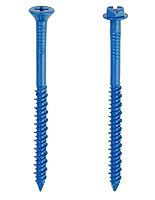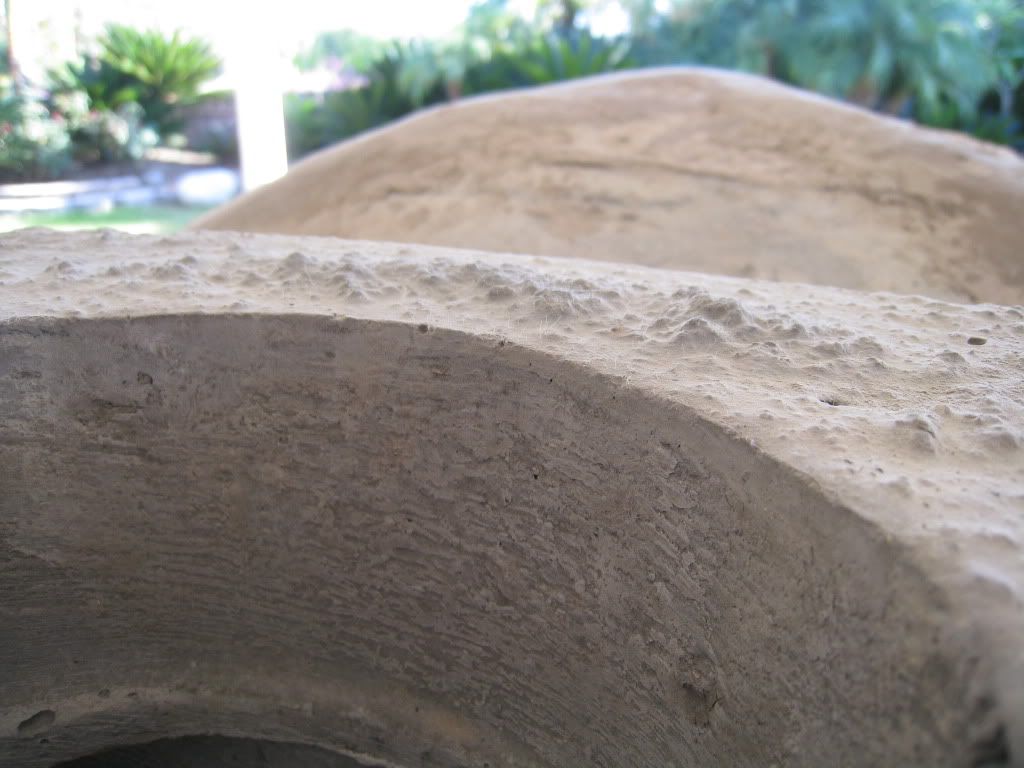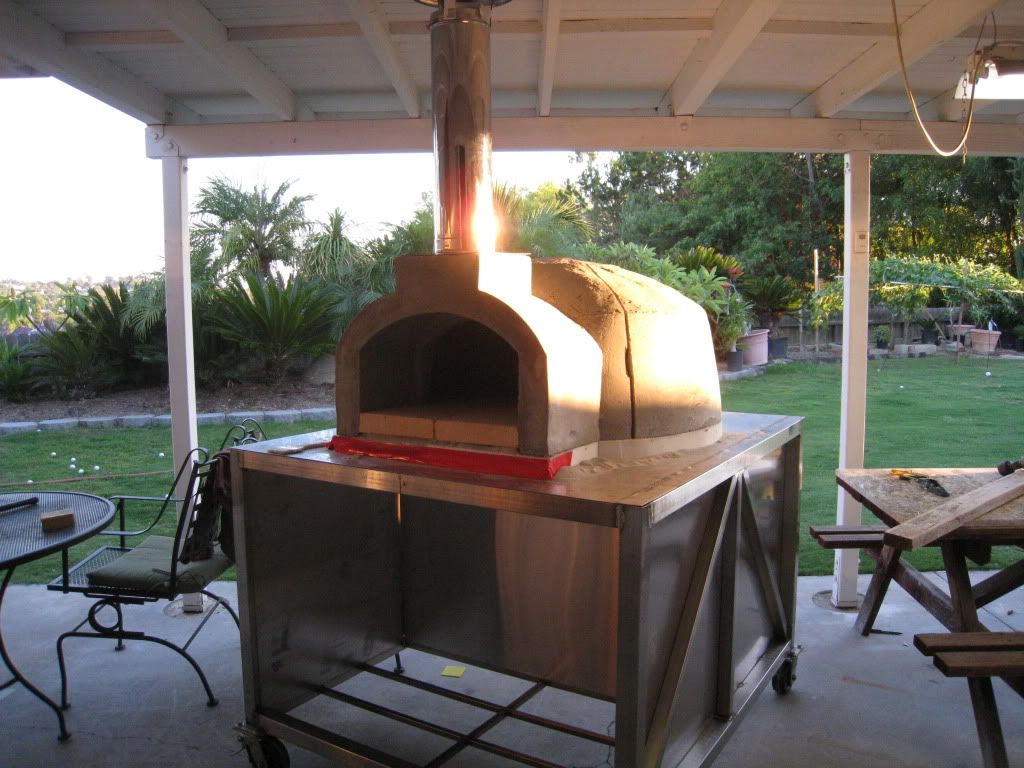I have the Casa 2G90 and used Tapcon screws to hold down the Duratech anchor plate. 2 of the screws caused cracking that runs about 2 inches down on the outside.
Im thinking that the anchor plate holes that are predrilled from Simpson is too close to the edge? Therefore, when I drill into the chimney flue on the oven, there isnt much to drill and causes cracking?
Maybe I should redrill holes closer to the center of the flue, and drill new holes on the anchor plate?
I was told by the FB tech, to use the FB mortar under the anchor plate in place of screws. Is this sufficient to hold it? I did not think the mortar was the proper thing to use to bond metal to masonry.
I was looking at another pizza oven company (Wildwood BBQ Oven) and they use Rutland products for their oven. According to Rutland's data sheet, it says it can bond metal to masonry.
Rutland Fire Clay Company - Stove, Chimney, Fireplace maintenance and Hearth Repair Products.
My oven sits on a metal stand with wheels, so I don't want the chimney to fall off.
And doesn't the chimney flue area need a good seal to prevent smoke from exiting out the jointed area? I know FB mortar can be OK on the oven joints since it is interlocking, but the anchor plate and flue isn't.
What did you guys do?? I am totally lost.
(On a side note, the latest FB residential installation guide V1.5 is missing information it seems. I cant view the text on page 30.)
Im thinking that the anchor plate holes that are predrilled from Simpson is too close to the edge? Therefore, when I drill into the chimney flue on the oven, there isnt much to drill and causes cracking?
Maybe I should redrill holes closer to the center of the flue, and drill new holes on the anchor plate?
I was told by the FB tech, to use the FB mortar under the anchor plate in place of screws. Is this sufficient to hold it? I did not think the mortar was the proper thing to use to bond metal to masonry.
I was looking at another pizza oven company (Wildwood BBQ Oven) and they use Rutland products for their oven. According to Rutland's data sheet, it says it can bond metal to masonry.
Rutland Fire Clay Company - Stove, Chimney, Fireplace maintenance and Hearth Repair Products.
My oven sits on a metal stand with wheels, so I don't want the chimney to fall off.
And doesn't the chimney flue area need a good seal to prevent smoke from exiting out the jointed area? I know FB mortar can be OK on the oven joints since it is interlocking, but the anchor plate and flue isn't.
What did you guys do?? I am totally lost.
(On a side note, the latest FB residential installation guide V1.5 is missing information it seems. I cant view the text on page 30.)











Comment